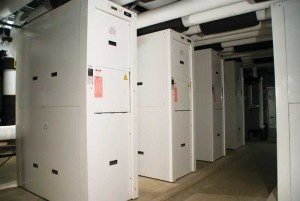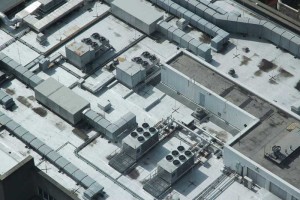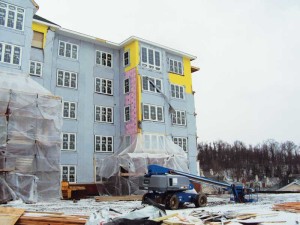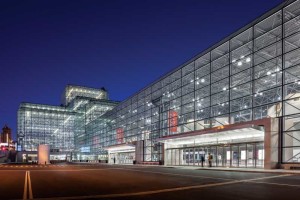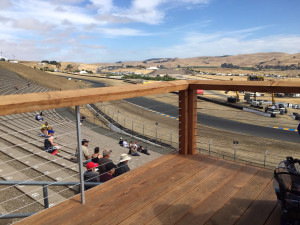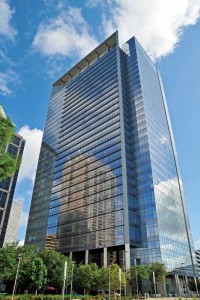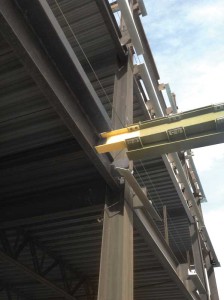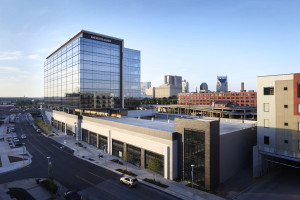Designing net-zero-energy buildings for new construction or renovation presents many challenges. It requires analyzing the unique energy use of the entire facility and then designing a system that can reduce the net-energy footprint without sacrificing functionality or comfort.
+ Read More
|
A typical urban and suburban environment has numerous sources contributing to the exterior ambient noise. Among these are the environmental sounds from a building’s heating, ventilating, and air-conditioning equipment. How can design professionals help mitigate the distraction caused by HVAC?
+ Read More
|
As consulting engineers continually specify more sustainable HVAC technologies, they must ensure their designs comply with a variety of standards. Of course, when possible, it is even better to go far beyond those baseline requirements.
+ Read More
|
Today’s high-performance building market is driven by increasingly stringent energy codes and a growing demand for greater building efficiency, sustainability, and affordability—meaning specifying and building masonry cavity walls and adhered masonry walls with materials that work together as a functioning system is more critical than ever.
+ Read More
|
Specifying high-performance coatings for structural steel framing, decking, or curtain walls can be a tall order when the application surface is located hundreds of feet above ground level. The specified coatings must protect the structural integrity of these hard-to-reach steel exposures against corrosion.
+ Read More
|
In the heart of California’s wine country, spectators at the Sonoma Raceway can now enjoy an unobstructed view of the racetrack, thanks to stainless steel and aluminum railing systems.
+ Read More
|
Skyscraper cities, while conceptually rooted in mid-20th century architecture, are being reinvented to appeal to a new generation—and a new market. Their design is a topic of enduring interest in the world of architecture.
+ Read More
|
Architects designing with concrete balconies, cantilevered beams, roof penetrations, parapets, canopies, spandrel glass, and other ornamental architectural features are often limited in executing these design elements because they can create thermal bridges that extend beyond the insulation systems within the building envelope.
+ Read More
|
Gulch Crossing is the gateway to an emerging, vibrant, urban neighborhood in Nashville, Tennessee. Opened in July, the eight-story Class A office building is situated in The Gulch—the first neighborhood in the south to be certified Silver under Leadership in Energy and Environmental Design (LEED) for Neighborhood Development.
+ Read More
|
Channel glass’ distinctive, self-supporting, U-shape makes it possible for design professionals to use glazing in new ways. The final part in this three-article series examines applications related to durability in the face of high winds, along with energy efficiency and colorfastness.
+ Read More
|
|
|


